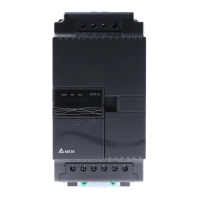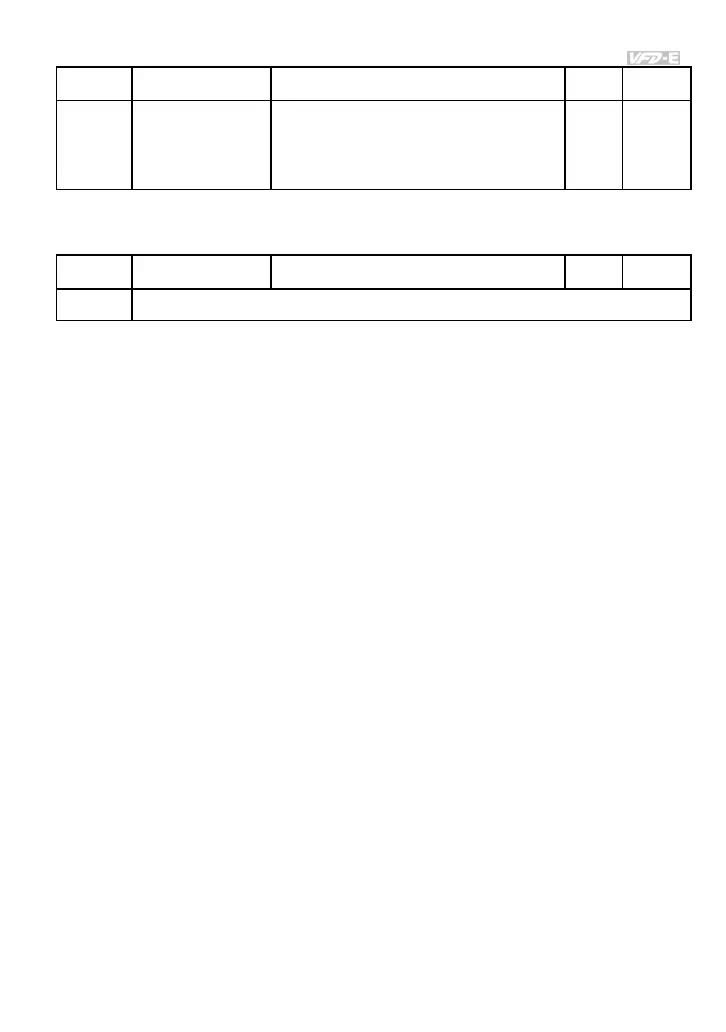Chapter 4 Parameters
4-185
Parameter Explanation Settings
Factory
Setting
Customer
26: OOB (Out of Balance Detection)
27: Motor selection (bit 0)
28: Motor selection (bit 1)
Group 13: PG function Parameters for Extension Card
Parameter Explanation Settings
Factory
Setting
Customer
13.10 Reserved

